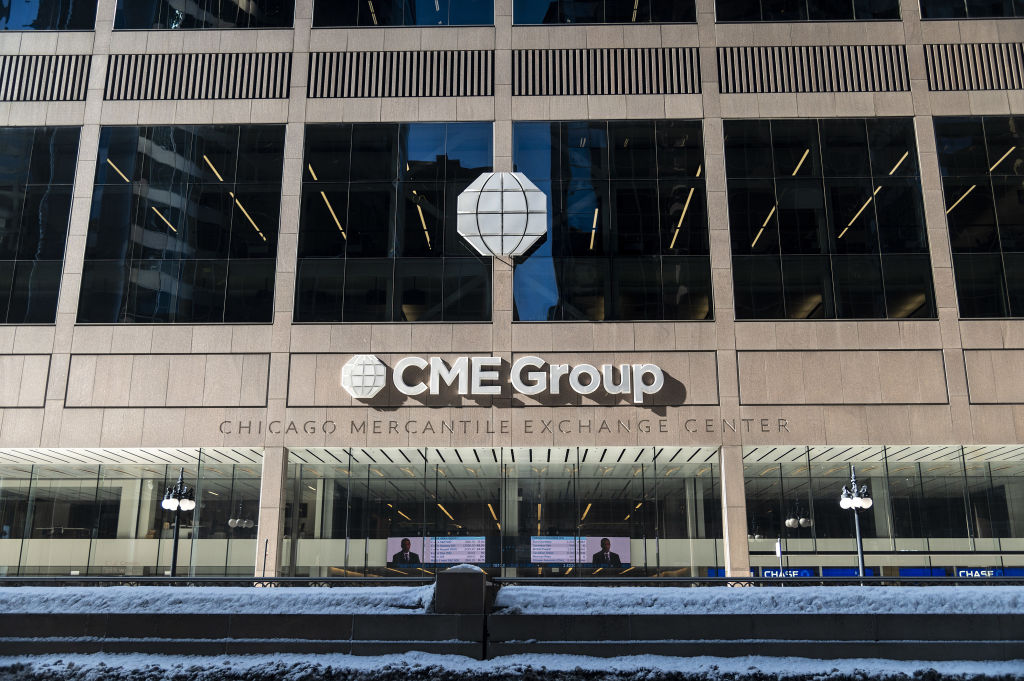Gold: how high can it go?
Gold is nearly twice the level it was in 1999, when it hit a 20-year low of $253 an ounce. Now closing in on the $500 mark, it is at an 18-year high. Where next?
Gold is nearly twice the level it was in 1999, when it hit a 20-year low of $253 an ounce. Now closing in on the $500 mark, it is at an 18-year high. Where next?
Why is the price of gold so high?
The simple answer is that demand is strong and supply is tight. The trigger for last week's run-up was the suggestion by Russia's central bank that it might double the share of its fast-growing reserves that it holds as gold from 5% to 10%. Russia's move could mean a gold purchase of 500 tonnes of gold bullion, enough to absorb all of Russia's gold production for three years. For some time now, central banks have been the main sellers of gold in the market (under an international agreement regulating their sales they are allowed to sell a total of 500 tonnes a year between them), but this suggests that the banks will soon be net buyers instead.
And the Russians aren't the only ones having a change of heart on gold: last week, South Africa's central bank signalled a change of policy from selling to buying, and in Germany the Bundesbank has criticised the new government's announcement that it plans to sell off reserves, pointing out that this is a bank, not a government, decision.
MoneyWeek
Subscribe to MoneyWeek today and get your first six magazine issues absolutely FREE

Sign up to Money Morning
Don't miss the latest investment and personal finances news, market analysis, plus money-saving tips with our free twice-daily newsletter
Don't miss the latest investment and personal finances news, market analysis, plus money-saving tips with our free twice-daily newsletter
Are there other sources of demand?
Yes. There's strongly growing demand for gold jewellery, especially in the rapidly expanding Indian and Chinese markets, as well as the Persian Gulf where disposable incomes are rising fast and, as a result, so is the desire for status jewellery.
At the same time, gold has many more practical uses than it once did. It is used in pacemakers, mobile phones, tests for HIV and fertility, as well as catalytic converters and nanotechnology applications. Figures published last week by the World Gold Council also show that global investment demand for gold rose by 56% in the three months to September.
This is partly because gold has become easier to access thanks to new trading instruments (see below); partly because the new rich of emerging economic giants Russia, India and China invest more in gold than those in the West; and partly because of gold's historic role as a safe-haven insurance commodity' in troubled times. Overall, demand for gold in tonnage terms has now risen for seven consecutive quarters and has been consistently higher than supply since 2003.
Why is gold insurance?
Historically, the real value of gold has stayed remarkably constant over the centuries. That makes it a natural hedge against inflation (now at a ten-year high): whatever happens to the real value of currencies over the long term, the purchasing power of gold remains more or less the same. Investors thus tend to buy it when they think a paper currency is likely to lose value. Hence part of gold's rise over the last few years can be attributed to the structural decline of the US dollar brought on largely by America's record current-account deficit.
Recently, however, analysts have noted that gold has been rising even as the US dollar has bounced back. This decoupling' of gold from the dollar means that the metal has been rising in all currencies, and implies both a concern that inflation has become a global issue and a shift in investors' thinking about gold.
The main attraction of gold has long been the fact that its price performance tends to be negatively correlated with other asset classes: it goes up when stocks and bonds are falling. This means it has historically been seen as an ideal safe-haven investment for investors who want to diversify and preserve capital. But if investors really have started to see gold as a mainstream investment not just a safety-first currency and inflation hedge the upward move in gold prices could be explosive.
What about the supply situation?
Obviously, as the central banks stop selling, the supply reaching the market becomes tighter (there are 31,000 tonnes in government vaults).
But there are other supply problems too. Output has matured among the traditional producers South Africa, the United States, Canada and Australia. According to David Davis, a Johannesburg investment analyst, quoted by the FT, this year's total South African production of 300 tonnes is the lowest in 80 years. Higher operating costs from rising steel, fuel and labour costs, plus the stronger rand, have seen the country's gold production fall 30% in five years.
This is a problem as South Africa has been the source of more than two-thirds of the world's gold supply since the 1880s. Last year, global gold production dropped 5% and demand has been higher than supply for the last two years.
How high could gold go?
Given the combination of positive fundamentals and the current high level of downside risks to the world economy, many analysts think there is a good deal of upside to come.
US investment manager John Hathaway, who runs the $550m Toqueville Gold Fund, sees the price of gold heading towards the $1,000 an ounce mark, and back in July, Merrill Lynch predicted the metal would be trading at $725 by 2010.
How do I buy gold?
You can get exposure to gold by buying the physical metal directly, either as coins (such as Krugerrands) or as bullion. See www.gold.org for a list of dealers.
Alternatively, you can buy shares in a London-listed gold bullion security (see www.goldbullion.com) or a gold exchange traded fund (see www.ishares.com).
Merrill Lynch's Gold & General fund is a well-established fund which has returned 349% over the past five years, making it the best-performing UK unit trust in any sector (see www.mlim.co.uk).
Individual stocks worth investigating include Newmont Gold, GoldCorp, Gammon Lake Resources, Barrick Gold, Anglogold, PlacerDome, and GoldFields. All are listed in the US.
Recommended further reading:
For articles on all aspects of buying and selling gold, see our section on investing in gold. Silver is also a favouriate of ours, see Silver is set to shine to find out why.
Get the latest financial news, insights and expert analysis from our award-winning MoneyWeek team, to help you understand what really matters when it comes to your finances.
Simon Wilson’s first career was in book publishing, as an economics editor at Routledge, and as a publisher of non-fiction at Random House, specialising in popular business and management books. While there, he published Customers.com, a bestselling classic of the early days of e-commerce, and The Money or Your Life: Reuniting Work and Joy, an inspirational book that helped inspire its publisher towards a post-corporate, portfolio life.
Since 2001, he has been a writer for MoneyWeek, a financial copywriter, and a long-time contributing editor at The Week. Simon also works as an actor and corporate trainer; current and past clients include investment banks, the Bank of England, the UK government, several Magic Circle law firms and all of the Big Four accountancy firms. He has a degree in languages (German and Spanish) and social and political sciences from the University of Cambridge.

